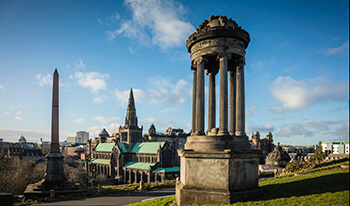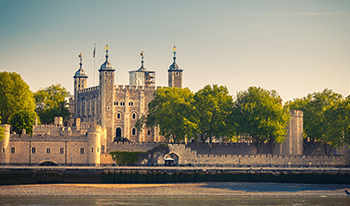The Lake District is a region in Cumbria in the northwest of England. It is also a national park and an extremely popular visitor destination. It is renowned for its rocky mountains, glacial ribbon lakes and significant literary connections with William Wordsworth as well as Beatrix Potter and John Ruskin. The Lake District National Park has existed since 1951 and in 2017 it became a classified UNESCO World Heritage Site. It attracts 15.8 million annual visitors and is the most visited national park in England. Wast Water and Windermere make up the district and are also the deepest and largest natural lakes to be found in England. The Lake District’s physical geography is made up of valleys such as Dunnerdale, Eskdale and Buttermere; woodland’s full of wildlife including the red squirrel, bird species and fish; fells or hills and lakes. The majority of the industry in the district is taken up with farming, particularly sheep farming and also forestry. Mining and quarrying are also very important industries in the district due to the various rock types in the region. The region is also connected with English literature from the 18th & 19th centuries and it was William Wordsworth’s poems that were the most well-known. The region as a whole has been inspirational to many remarkable artists. Some of the main highlights of the Lake District include: The Lake District National Park, Lake Windermere, Hill Top, Ullswater, Scafell Pike, The World of Beatrix Potter and Wray Castle, to name but a few. The Lake District offers an array of beautiful landscapes and attractions to suit all ages.
Tours featuring this attraction
Peace of Mind Guarantee
Your trip, worry free!Our Ireland based team is on call throughout your vacation!



